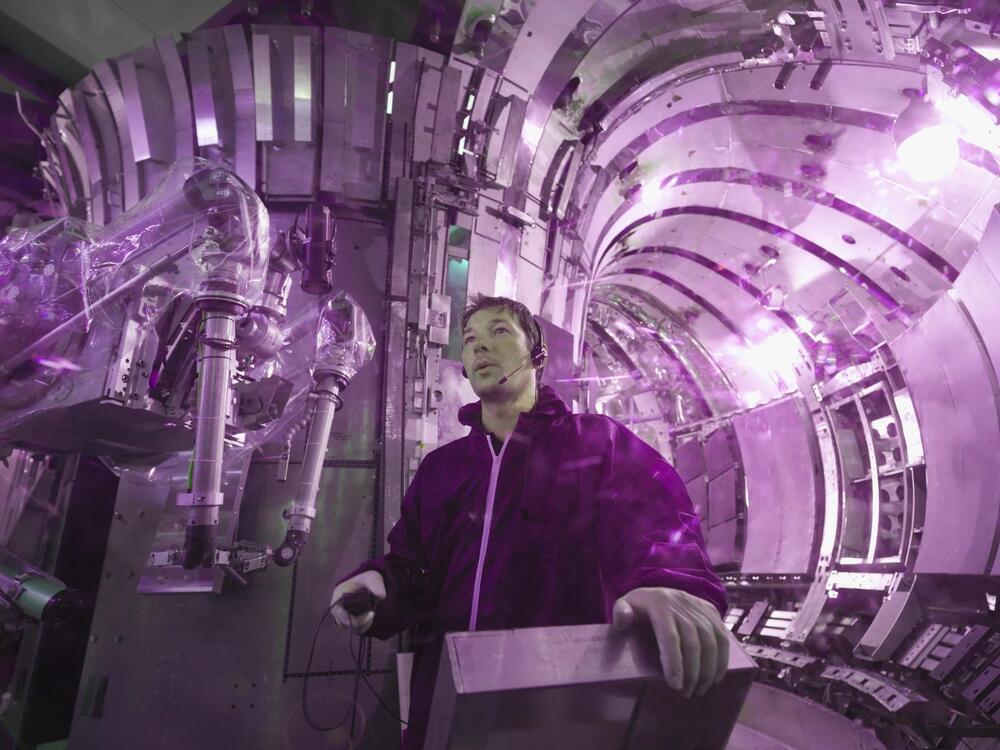Nov 30, 2021
NASA Postpones Astronauts’ Spacewalk Due To Risk From Debris
Posted by Gemechu Taye in categories: military, satellites
It feels a bit like a headline ripped from the plotline of the 2013 flick “Gravity” — NASA astronauts suddenly find themselves having to worry more about the threat of space debris whipping around Earth at over 17,000 miles per hour.
Just two weeks after the current crew of the International Space Station had to take emergency shelter in the Russian Soyuz and SpaceX Crew Dragon capsules that are docked to the ISS, NASA has now postponed a planned spacewalk because of the threat.
One source of the increased threat is Russia’s recent anti-satellite missile test that created hundreds, if not thousands, of new pieces of debris in low-earth orbit. On November 15 it was reported that Russia blasted one of its own defunct satellites to smithereens, a move that drew global condemnation.


















